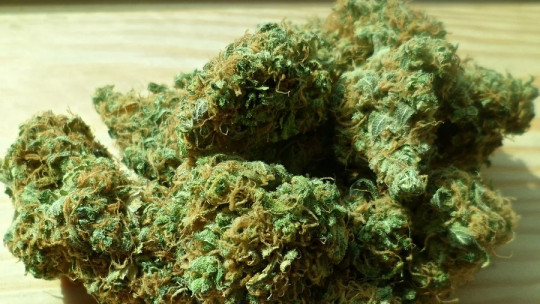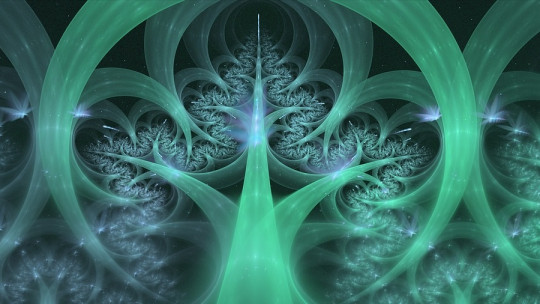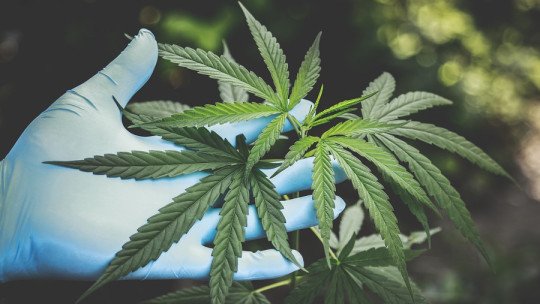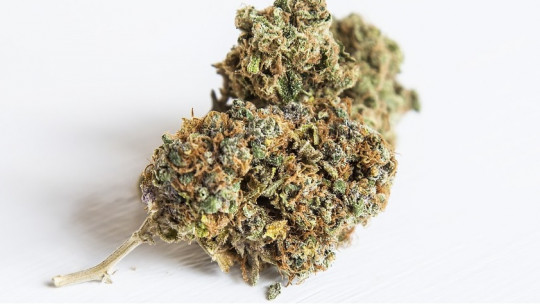Marijuana has been a focus of discussion and controversy for decades. Given its growing popularity in many countries, it is relevant to examine the impacts it may have on users. One of the most widespread myths is that marijuana use can cause hallucinations. Is this really true?
Cannabis, also known as marijuana, is a plant that contains active chemical compounds, among the best known are delta-9-tetrahydrocannabinol (THC) and cannabidiol (CBD). These elements are responsible for the psychoactive and therapeutic effects of marijuana. THC stands out for its psychotropic properties, which can modify the consumer’s perception and mental state.
With the increased accessibility of marijuana in several countries, a widespread belief has emerged that its use can induce hallucinations. Hallucinations are perceptual experiences that seem real but have no basis in external stimuli. They are most commonly associated with hallucinogenic substances such as LSD and psilocybin mushrooms.
But what is true in the relationship between marijuana and hallucinations ? Throughout this article, we will examine the available scientific evidence and unravel the myths and realities surrounding this issue. We will explore the effects of marijuana on people’s mental and physical state, as well as the rare cases in which some people may experience hallucinations related to its use.
What is marijuana?
Before we dive into the relationship between marijuana and hallucinations, it is important to understand what exactly marijuana is. Marijuana is a plant in the Cannabaceae family and has been used for various purposes for centuries. Its leaves, flowers, stems and seeds contain active chemical compounds, THC being the main responsible for its psychoactive effects.
Active chemical compounds
THC interacts with cannabinoid receptors in the brain and nervous system, producing various effects, including feelings of euphoria, relaxation, altered perception of time and space, increased appetite, and changes in mood.
Variability of its effects
It is essential to keep in mind that the effects of marijuana can vary significantly from one person to another. This is due to various factors, such as the strain of marijuana used, the dose consumed, the method of consumption and the individual characteristics of each person, such as their tolerance and sensitivity.
What are hallucinations?
Before specifically addressing the relationship between marijuana and hallucinations, it is important to understand what hallucinations are and how they occur in general. Hallucinations are perceptual experiences that can affect any of the five senses and appear real and vivid, even if they are not based on real external stimuli.
Hallucinations can cause a lot of stress and fear in those who experience them. This may be due to not understanding the reality or unreality of these perceptual experiences, or because they may represent stimuli that generate these specific feelings in those who represent them or make reference to personal realities that generate these fears.
Hallucinogens and psychedelics
Hallucinations are most commonly associated with drugs known as hallucinogens or psychedelics.
These substances, such as LSD, psilocybin mushrooms, and mescaline, are capable of profoundly altering perception and consciousness, which can result in intense and dazzling hallucinatory experiences.
Hallucinogens act primarily on serotonin receptors in the brain , disturbing neurotransmission processes and leading to changes in perception, thinking and consciousness. These substances are known for their ability to induce altered states of consciousness and mystical or spiritual experiences.
However, marijuana is not classified within the category of hallucinogenic drugs. Although it can have psychoactive effects and alter perception, the effects of marijuana are generally less intense and less likely to induce vivid and disorienting hallucinations.
Effects of marijuana
It is important to understand the common effects of this plant on the mental and physical state of people. Marijuana consumption can have a series of effects that vary from one individual to another, depending on factors such as the dose, the strain used and the individual characteristics of each person.
1. Psychological
Generally speaking, the effects of marijuana usually include a feeling of relaxation, mild euphoria, increased sociability, and altered perception People may experience changes in the perception of time and space, as well as increased sensitivity to sensory stimuli, such as color and sound.
2. Physical
In addition to these perceptual and mood effects, marijuana can also affect the body in different ways. It can cause dry mouth, red eyes, increased appetite (commonly known as “munchies”), decreased motor coordination, and a state of physical relaxation.
3. Variability of effects
It is crucial to keep in mind that the effects of marijuana can vary significantly from person to person. Some people may be more sensitive to the psychoactive effects of marijuana, which could result in a more intense experience or more pronounced perceptual disturbances.
Hallucinations and marijuana
As we have been commenting throughout the article, marijuana has perceptual effects on the way we feel that time passes or that we are in space , in addition to generating greater sensitivity to stimuli such as temperatures or sounds. It is from this perceptual sensitivity that the doubt arises as to whether it can cause hallucinations.
The answer is clear: yes, marijuana can cause hallucinations. For this to occur, it can occur in two different scenarios:
1. Consumption of large doses
Scientific literature highlights that high marijuana consumption or the use of marijuana with a high THC component can lead to experiencing hallucinations. These hallucinations would not be as strong as those generated by the consumption of hallucinogenic substances such as LSD, but that does not mean that they are pleasant experiences. Suffering hallucinations can be a very negative experience for our well-being and it is important to be careful with the amounts of marijuana consumed.
2. Joint use with other substances
There are cases of people who have used marijuana together with other substances or medications, in these cases generating hallucinations, delusions and even giving rise to the development of psychotic disorders. Although in these cases, the cause of the hallucinations is the joint use of both substances and not the exclusive use of marijuana, it is important to take this into account to avoid making mixtures that could put us in danger.
Psychosis is defined as experiencing yourself outside of reality, experiencing hallucinations and delusions that are considered real Marijuana can cause psychotic episodes in those people who are predisposed to developing it. Furthermore, this correlation is especially strong in those people who smoke cannabis when their brain is still developing. Therefore, the use of marijuana during adolescence is not recommended, because it can be very harmful and lead to irreparable damage.
Risk factors and precautions when consuming marijuana
If you are considering marijuana use, it is important to keep some risk factors in mind and take precautions to ensure a safe and healthy experience. Remember, if you experience hallucinations or other unexpected or worrying effects after using marijuana, it is important to seek medical help and inform professionals about your use. Don’t hesitate to ask for advice and support if you need it
Next, and by way of conclusion, we will see some recommendations to take into account when consuming marijuana:
1. Know your limits
Each person has a different tolerance to the effects of marijuana. Start with low doses and gradually increase them to evaluate how it affects you This will help you avoid an excessive or unpleasant response, and will also help you know your tolerance to this substance for future experiences.
2. Know the quality of marijuana
Make sure you get quality marijuana from trusted sources. Low-quality marijuana or marijuana adulterated with other substances can increase the risks associated with its use, or even lead to psychotic episodes if it is mixed with other chemicals. Be careful who you trust when purchasing marijuana.
3. Avoid combining with other substances
Combined use of marijuana with alcohol or other drugs can increase adverse effects and health risks It is advisable to avoid combining it with other substances to maintain safer consumption.
4. Consider your health status and medications
If you have a medical condition or are taking medication, it is important to consult with a health professional before using marijuana. Some medical conditions and medications can interact negatively with the effects of marijuana.
5. Safe environment and responsible company
Make sure you consume marijuana in a safe environment and with responsible company. This will help minimize the risks associated with consumption, and having trusted people can provide you with support and assistance if necessary.









